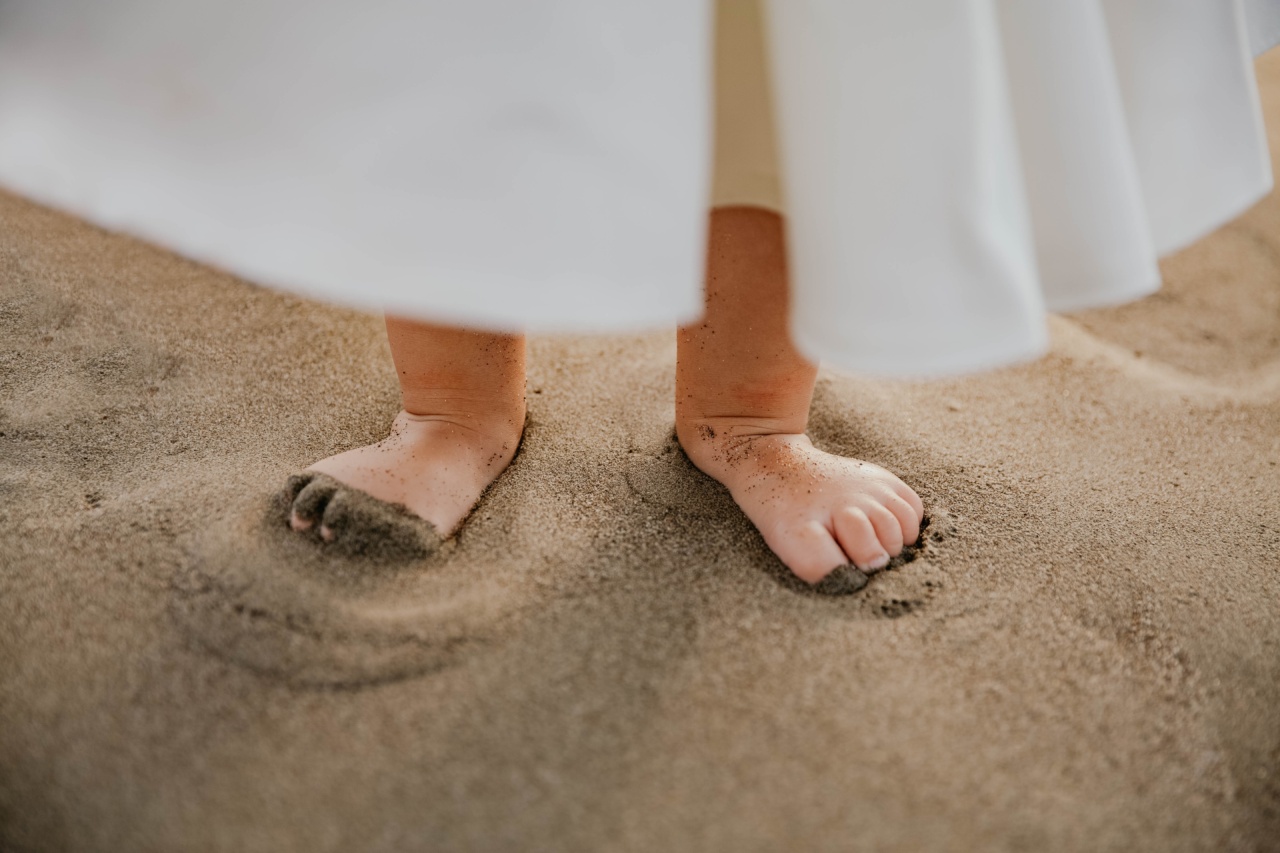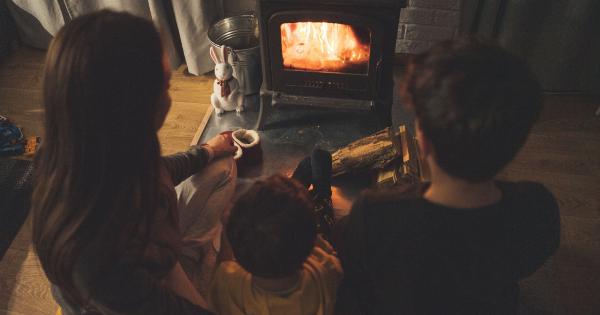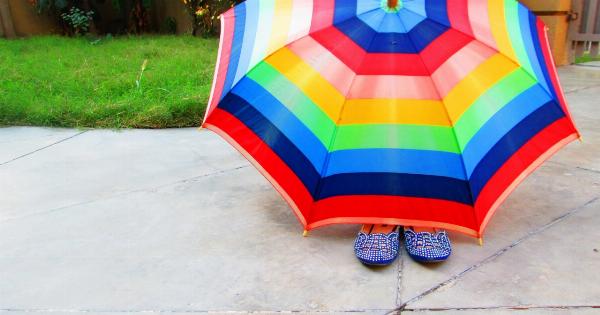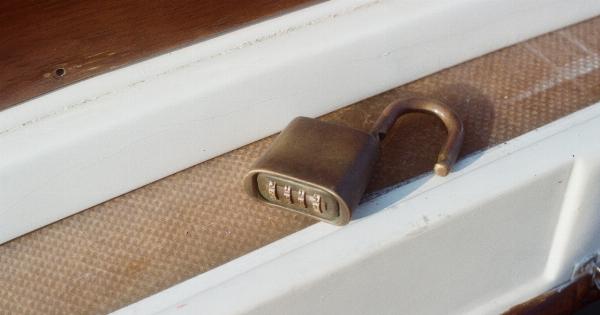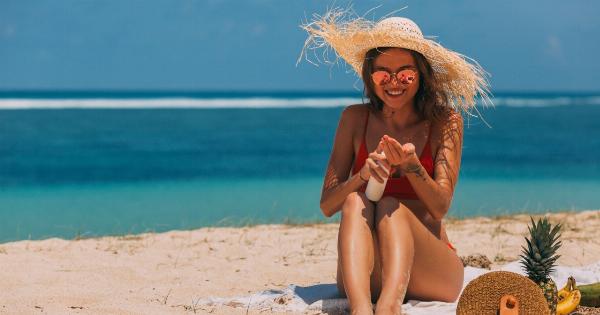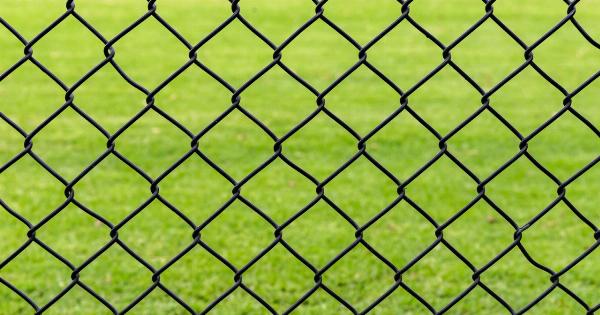While it’s important for children to spend time outdoors and get fresh air, it’s equally crucial to keep them safe from the damaging effects of the sun.
Prolonged exposure to the sun’s UV radiation can lead to various skin problems and even increase the risk of skin cancer. In this article, we will discuss steps that parents can take to shield their children from harmful sun rays.
1. Apply Sunscreen Regularly
Applying sunscreen on your child’s skin is the first line of defense against harmful sun rays. Look for sunscreens with an SPF of 30 or higher and apply it at least 15-20 minutes before going outdoors.
Reapply every two hours or after swimming or sweating to ensure adequate protection. Make sure to apply sunscreen on all exposed areas of the body, including the face, ears, neck, arms, and legs. It’s also essential to use water-resistant sunscreen if your child will be playing in the water.
2. Dress for Protection
Dressing your child in protective clothing can also help to shield them from harmful sun rays. Choose light-colored, loose-fitting clothes made from tightly woven fabrics such as cotton or linen. These fabrics can help to block out the sun’s UV radiation.
Long-sleeved shirts, pants, and hats with wide brims can also offer additional protection. Don’t forget to protect your child’s eyes with sunglasses that have UV protection.
3. Seek Shade
When possible, find shaded areas for your child to play in. Some good options include playgrounds with canopies or trees that offer shade. If you’re at the beach, set up an umbrella or beach tent to protect your child from direct sunlight.
If you’re hiking, plan your route to include shaded areas, and take frequent breaks in the shade.
4. Avoid Peak Sun Hours
Another way to shield your children from harmful sun rays is to avoid the peak sun hours. The sun’s UV rays are most potent between 10 am and 4 pm. Try to plan outdoor activities in the morning or late afternoon, when the sun’s rays are weaker.
If you must be outside during peak sun hours, take extra precautions, such as wearing protective clothing, hats, and sunglasses and applying sunscreen more frequently.
5. Keep Hydrated
It’s essential to keep your child hydrated when spending time outdoors. Dehydration can worsen the effects of the sun’s UV radiation, making your child more susceptible to sunburn.
Make sure to pack plenty of water when going out, and offer it frequently to your child. You can also give them water-rich fruits such as watermelon, cantaloupe, and strawberries to keep them hydrated.
6. Monitor Medications
If your child is taking any medication, such as antibiotics or acne medication, check to see if it increases their sensitivity to the sun. Some medications can make the skin more sensitive to UV radiation, making sun protection more critical.
Talk to your child’s doctor or pharmacist about any concerns you have and follow their advice.
7. Lead by Example
Finally, lead by example and practice good sun safety habits yourself. When children see their parents practicing sun safety, they are more likely to follow suit.
Make sure to apply sunscreen and wear protective clothing, hats, and sunglasses when spending time outdoors with your child. You will not only be protecting yourself from the damaging effects of the sun but also teaching your child valuable sun safety habits.
Conclusion
Shielding children from harmful sun rays is essential to protect their skin and overall health.
Applying sunscreen regularly, dressing for protection, seeking shade, avoiding peak sun hours, keeping hydrated, monitoring medications, and leading by example are all ways to keep children safe when spending time outdoors. As a parent, it’s crucial to teach your child about sun safety from an early age and to take all necessary precautions to protect them from the harmful effects of the sun.
